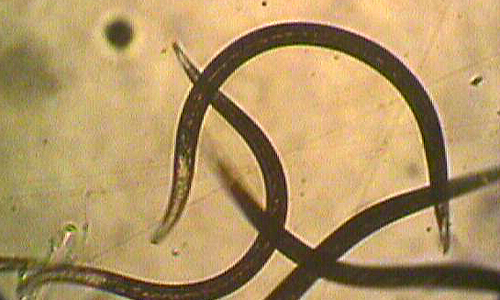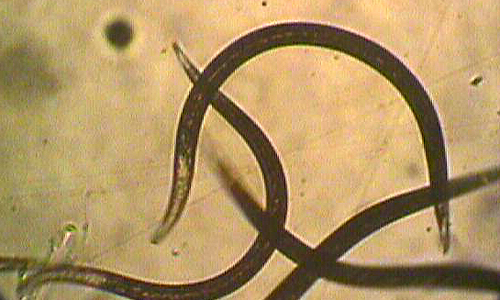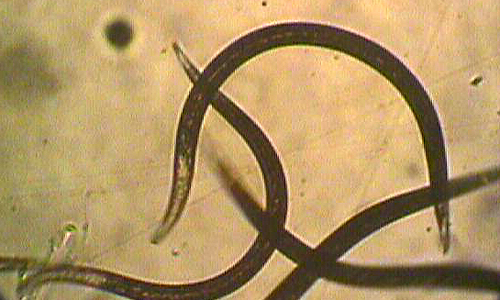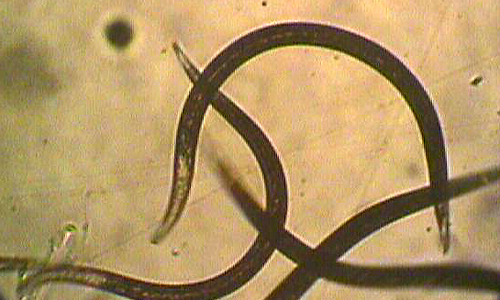Asiatic Garden Beetle
Damage caused by the Asiatic Garden Beetle
Adults of Asiatic garden beetles cause economic damage to over 100 plant species by feeding on their leaves and flowers. The symptoms of feeding damage include notching around leaf and flower margins. In case of severe infestation, beetles can also completely skeletonize leaves and destroy flowers. Grubs of Asiatic garden beetles mainly feed on turfgrass roots that cause death of grass plants. Also, heavily damaged grass can be easily pulled away from soil.
Facts (show all)
- Common names
-
- Asiatic Garden Beetle
- Scientific name
-
- Maladera castanea
- Identification
-
Adults: Beetles are velvet brown in color with brownish head and about 0.5 inch long.
Eggs: White and spherical in shape.
Grubs: Grubs are whitish with brown head capsule and three pairs of legs. They are C- shaped and about 3/4 inches long.
Pupae: White creamy in color.
- Biology
-
Asiatic garden beetles usually complete one generation per year. These beetles overwinter as young grubs in the soil. When temperature begins warming up in the spring, grubs become active and start feeding on turf grass. While feeding, grubs develop through four developing stages (instars). Matured grubs pupate in the soil in late May through early June. Adults emerge from pupae within 2-3 weeks that is in late June through early July. Adult beetles feed on host leaves and flowers. Then mated females burrow into the soil where they lay eggs in clusters in a gelatinous matrix. Eggs hatch within 2 weeks into small grubs that continue feeding on turfgrass roots until winter approaches. These grubs overwinter in the soil, then they become active in the next spring and life cycle continues.
- Organic Control of the Asiatic Garden Beetle
-
- Following beneficial bugs and plant products are used for organic control of the Asiatic Garden Beetle
- Beneficial Nematodes
-
- Heterorhabditis bacteriophora
- Heterorhabditis indica
- Steinernema carpocapsae
- Plant product from neem tree seeds
-
- Molt-X- Active ingradient is Azadirachtin








